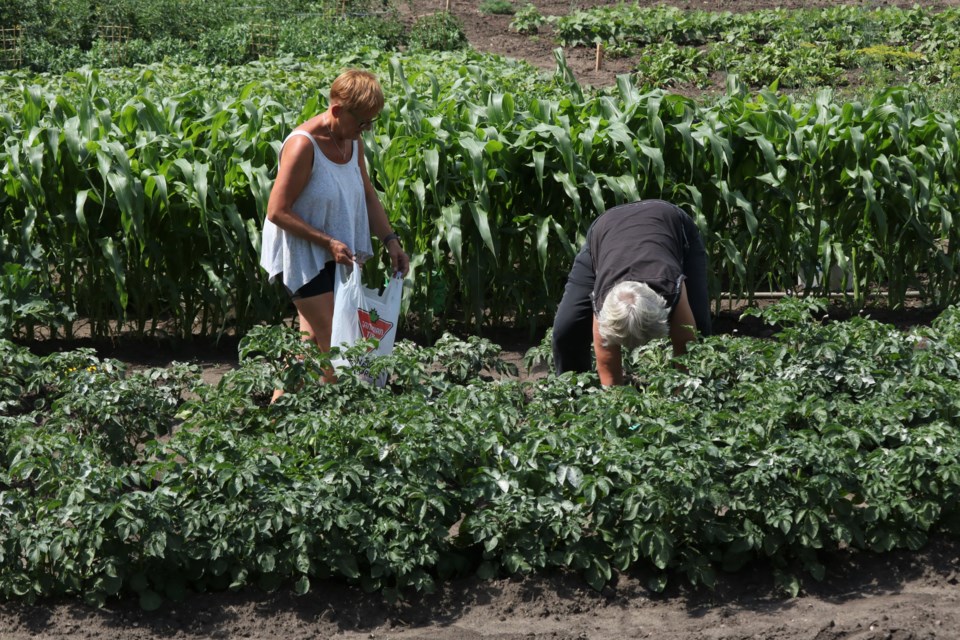YORKTON - The summer has gone by in the blink of an eye, hasn’t it! We’ll remember the 2022 growing season as one of challenge, but we always look ahead to next year! Visit the Yorkton and District Horticultural Society website at www.yorktonhort.ca and see what is new, and what is happening. Our regular meetings are happening again after the summer break; the first one will be on Wednesday, Sept. 21, and we’ll be learning about composting. More details will follow.
Did you know… that on Sept. 7, 1906, the Yorkton horticultural group made its debut with their first flower show at the city hall? I am always amazed when I reflect on that. We think that we have gardening challenges now, we can’t even imagine how difficult it must have been for those early gardeners. And yet they felt it was important to gather together and share their garden experience and appreciate the beauty and bounty of whatever they were able to grow. Great inspiration for all of us!
So, 116 years later, we are still enjoying that same experience: sharing the enjoyment of gardening and always learning something new from each other. New members are always welcome, we’d look forward to seeing you! The last two years have been difficult in that we have all been unable to attend meetings, and we almost forget how nice that experience is, don’t we! I like to think of it this way: it’s fun to watch a Blue Jays game on tv, very enjoyable. But imagine how much more fun it would be to be there, seeing Vlady and Bo and the rest of the team live! So, let’s get back in the swing of live meetings again, and enjoy the live experience!
One lovely plant that I learned about at our plant show this year was the safflower. The blooms were in a vase, and they look like bright orange-yellow thistles, very beautiful! The colour and texture of the flowers would certainly be interesting in the garden. While we think of this as a plant used in agriculture to produce safflower oil, my homework told me that it can be planted in the garden. The two-dollar name of this plant is Carthamus Tinctorius.
The seeds should be planted about an inch deep in well-drained soil. This plant is a sun-loving plant, so it won’t do well in shady areas. It will grow about thirty inches high, and the bees will enjoy it. (It is also used in birdseed, so if you have a volunteer saffron and wonder where it came from, a little birdie may have dropped it!)
The interesting thing about a safflower plant is that it has a tap root that goes deep in search of moisture. While this is a survival trait for the plant, home gardeners should be prepared that this plant might put up a bit of a struggle when we try to pull it out! I also read that when used as an agricultural plant, the taproot can deplete moisture that the field might take as long as six years to recover. That is not to say that this will happen in our gardens with a few safflower plants, but it might take moisture away from plants that are growing nearby.
Another factoid: the safflower is also called “false saffron” because of the bright orange petals which can be use din cooking as a substitute for saffron. It seems that safflower used this way does not have the aroma of saffron, but visually, the petals provide that golden hue.
So if you are looking in the herb section of some seed catalogues and see ‘safflower’, it might be a plant that you want to try!
We never stop learning, gardeners! Thank you to our friends at YTW for all their wonderful work. Enjoy time in your garden and have a great week!






